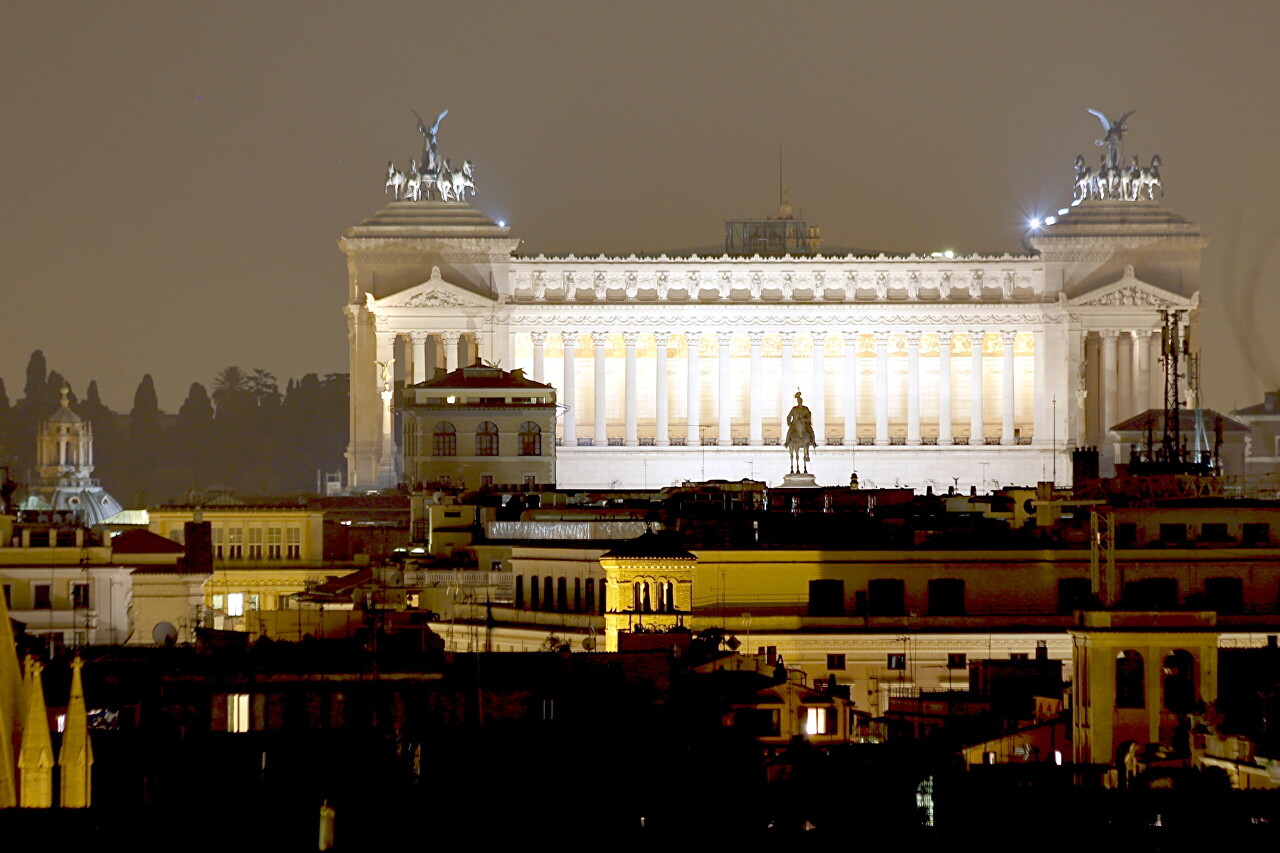Night Walk from Barberini to Piazza del Popolo
Nevertheless, I still had some strength left, and after a quick dinner, I took a tripod and went to a night photo shoot in the surrounding area. The first plot was found a block away from my apartment-the Triton Fountain in Piazza Barberini. Naturally, I've already seen it during the day, but it looks much more interesting in the night light.
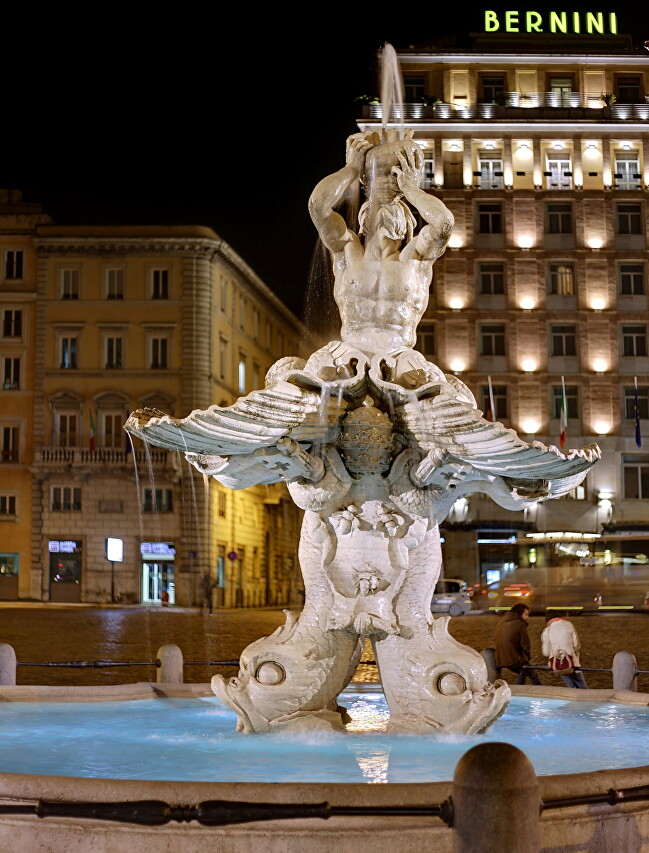
Then I went along Via Sistina to the observation deck in front of the Church of Santa Trinita dei Monti, which is located at the top of the Spanish Steps. Below you can see the famous Barcaccia fountain, which is full of tourists day and night. From the fountain starts Via dei Condotti, leading to the Ponte Umberto Primo Bridge.

To the right of the Condotti Street perspective, the dome of the Basilica of San Carlo al Corso glows brightly above the rooftops.
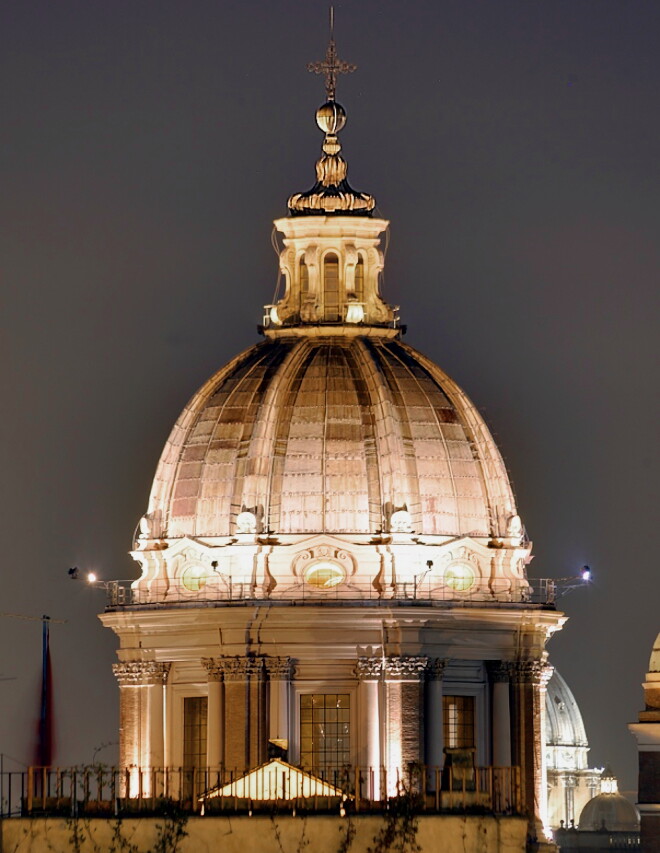
I went down the Spanish Steps, turned right, and in ten minutes I was in the Piazza del Popolo.
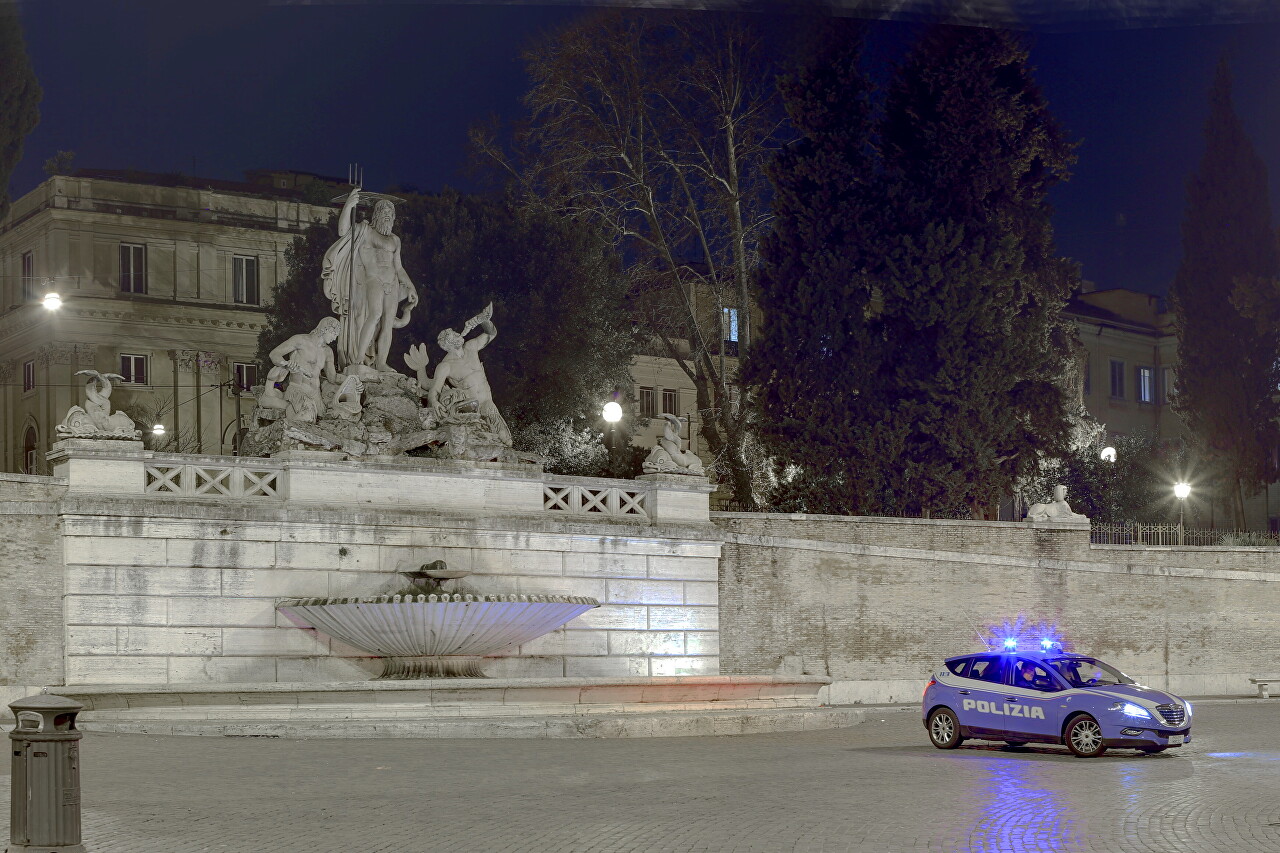
This is one of the largest squares in Rome, it has the shape of an oval and measures 100 by 160 meters.
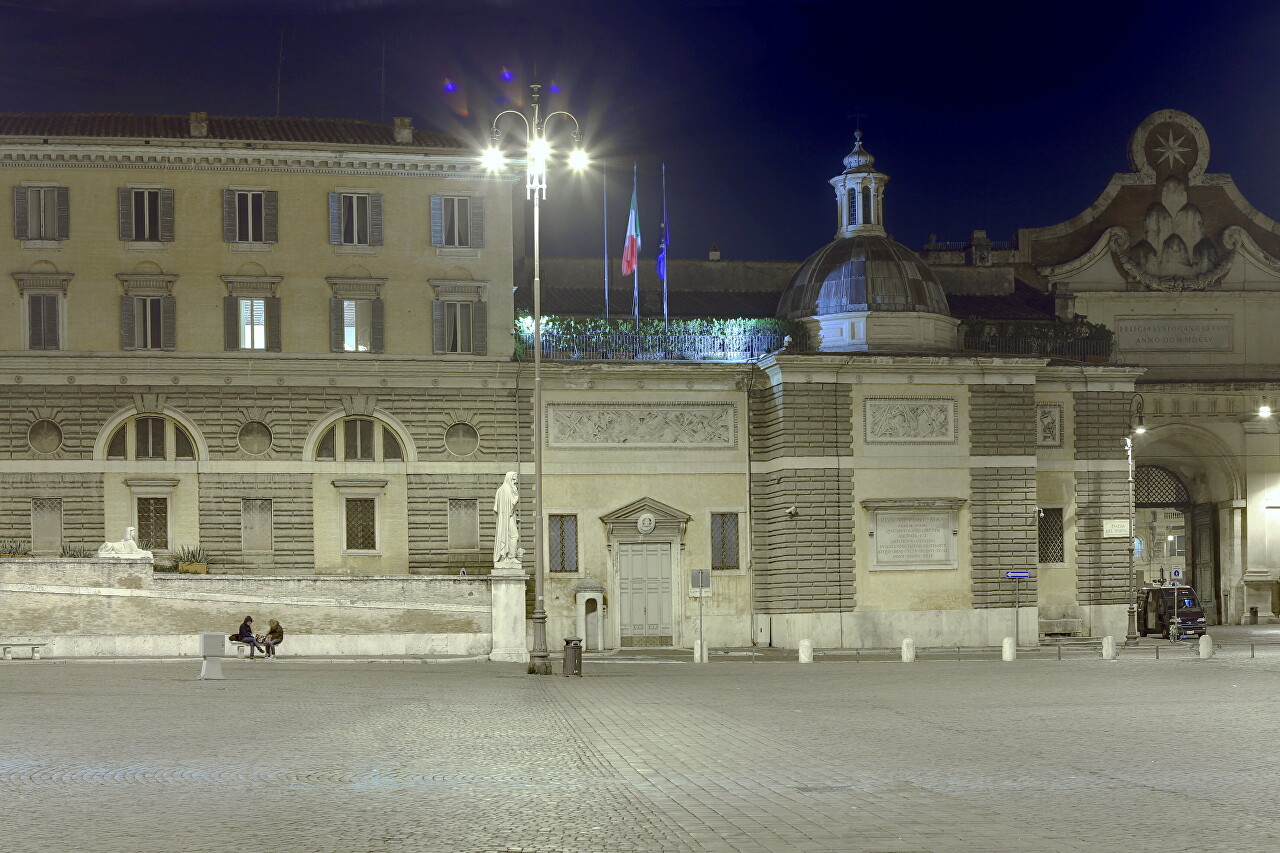
In ancient and medieval times, the northern border of the square was the city gate of the Emperor Aurelian era. The gate was built in 275 AD and was called the Port of Flaminia. In 1655, the gate was rebuilt according to Bernini's design on the occasion of the arrival of Queen Christina of Sweden and the name was changed to Porta del Popola.
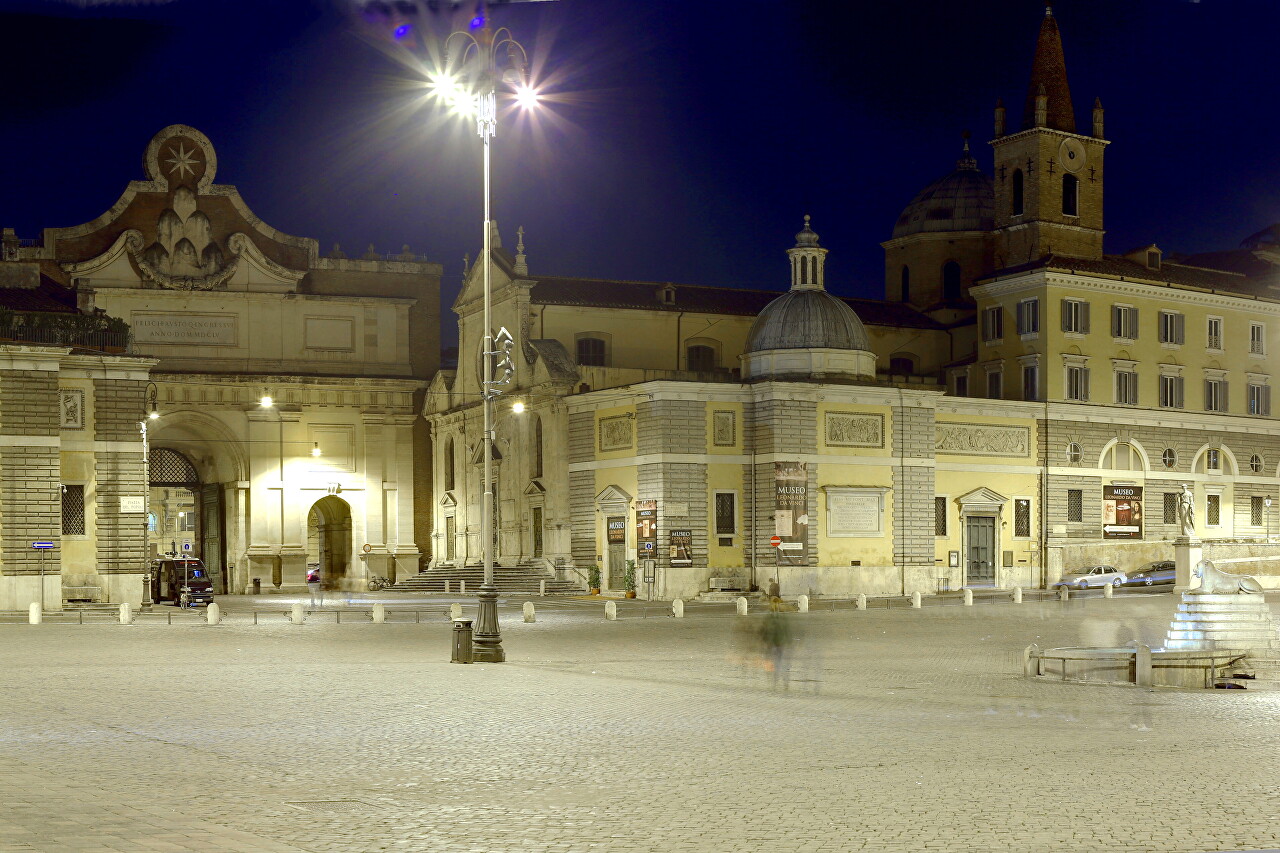
Basilica of Santa Maria del Popolo, built in 1477 by the architect Andrea Brenho, commissioned by the Augustinian Order. To the right, in the annex, is the Leonardo da Vinci Museum, where I visited this evening, I told about the museum in one of the previous articles.
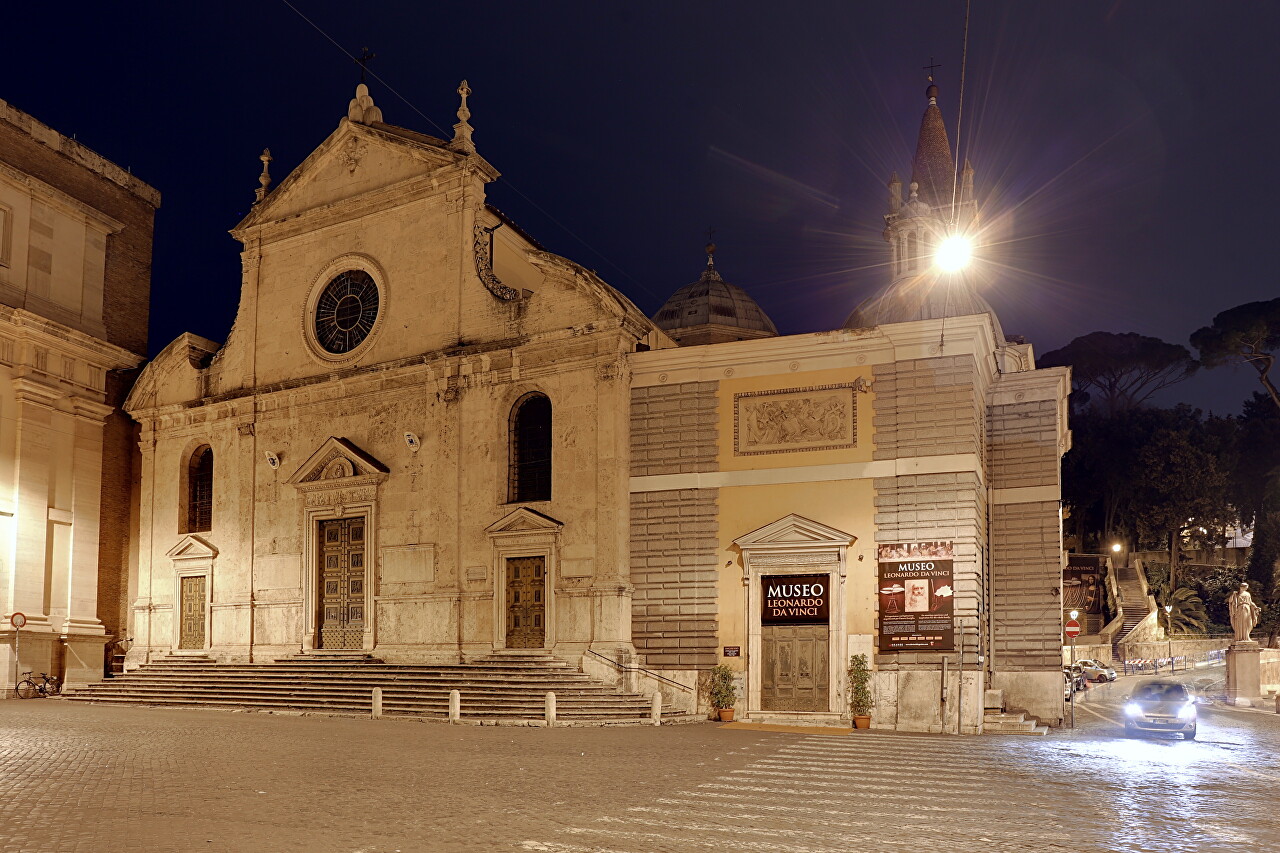
In the center of the square is an obelisk from the era of Ramses II, brought from Egypt in 10 BC on the instructions of Octavian Augustus. Initially, the obelisk was installed in the Circus Maximus, but in 1589, on the instructions of Pope Sixtus V, it was moved to the northern gate of Rome.

The stone needle is surrounded by a swimming pool with four lions in the corners.
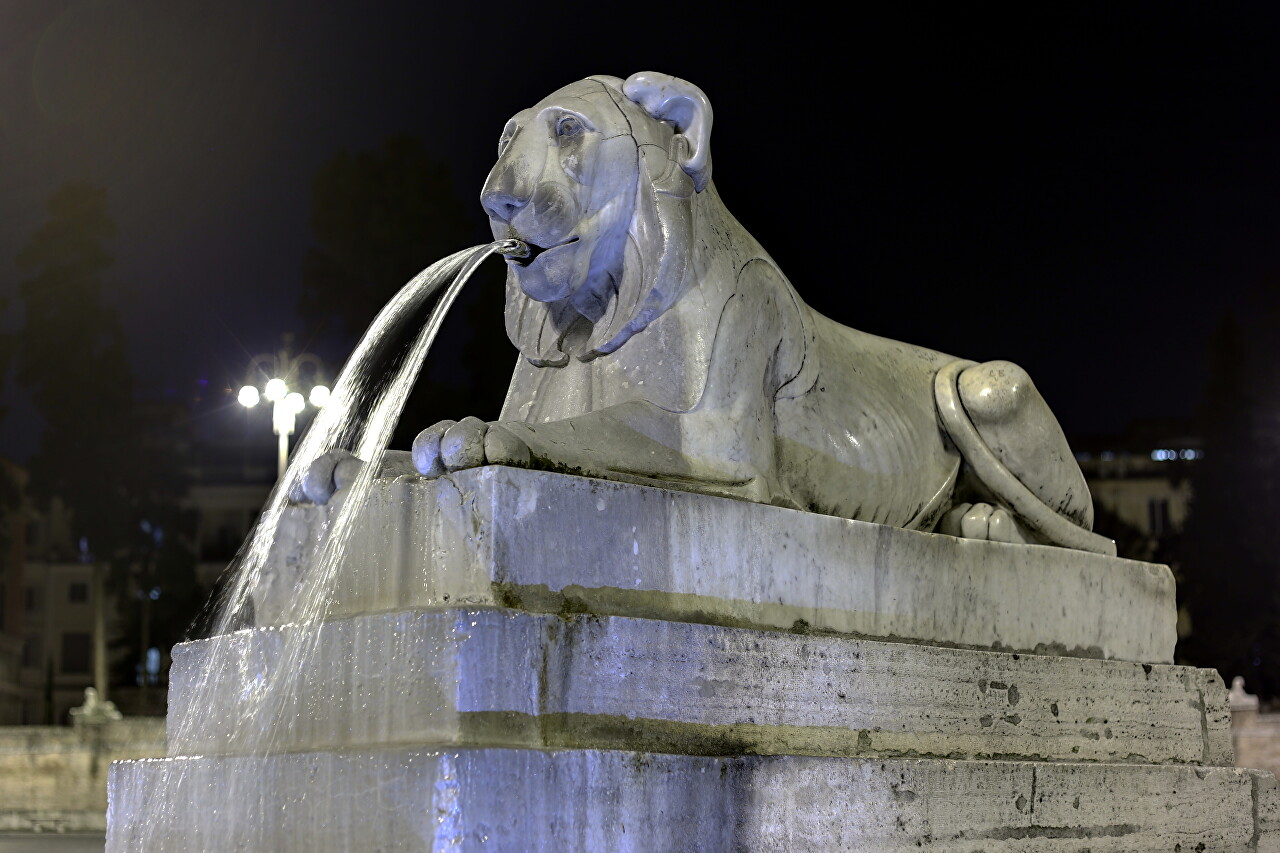
In the western part of the square is the Fountain of Neptune (Fontana del Nettuno), built in 1823 in neoclassical style by the architect Giuseppe Valadier. The sculptor Giovanni Ceccarini depicted the Lord of the Seas surrounded by two newts.
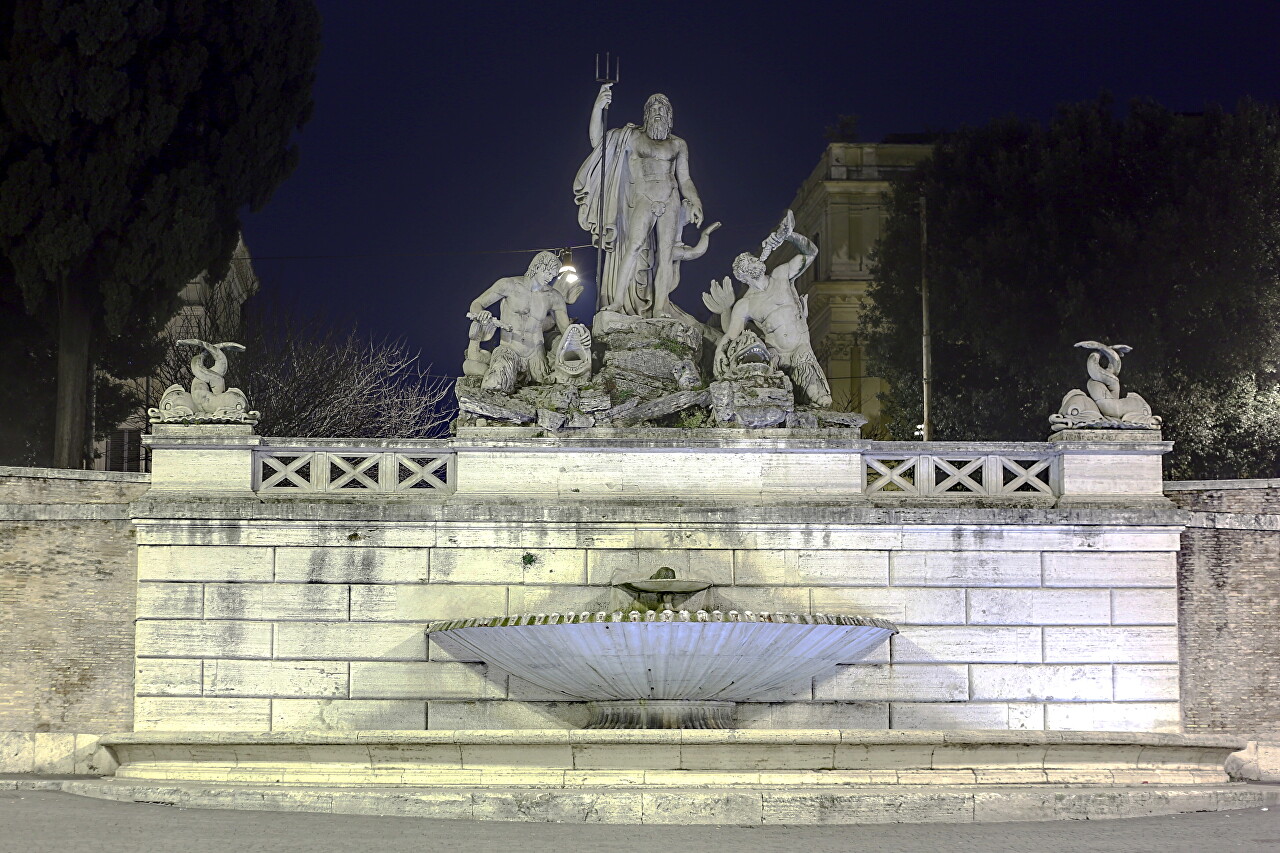
On the eastern side of the square, the fountain of Roma (Fontana della Dea Roma), a Greek goddess who has become one of the symbols of Rome, is located symmetrically. It is also the work of Giuseppe Valadier and Giovanni Ceccarini. The sculpture group depicts the standing Goddess Roma between two seated figures-allegories of the Tiber and Agnene rivers. At the feet of the goddess is a Roman she-wolf with Romulus and Remus.
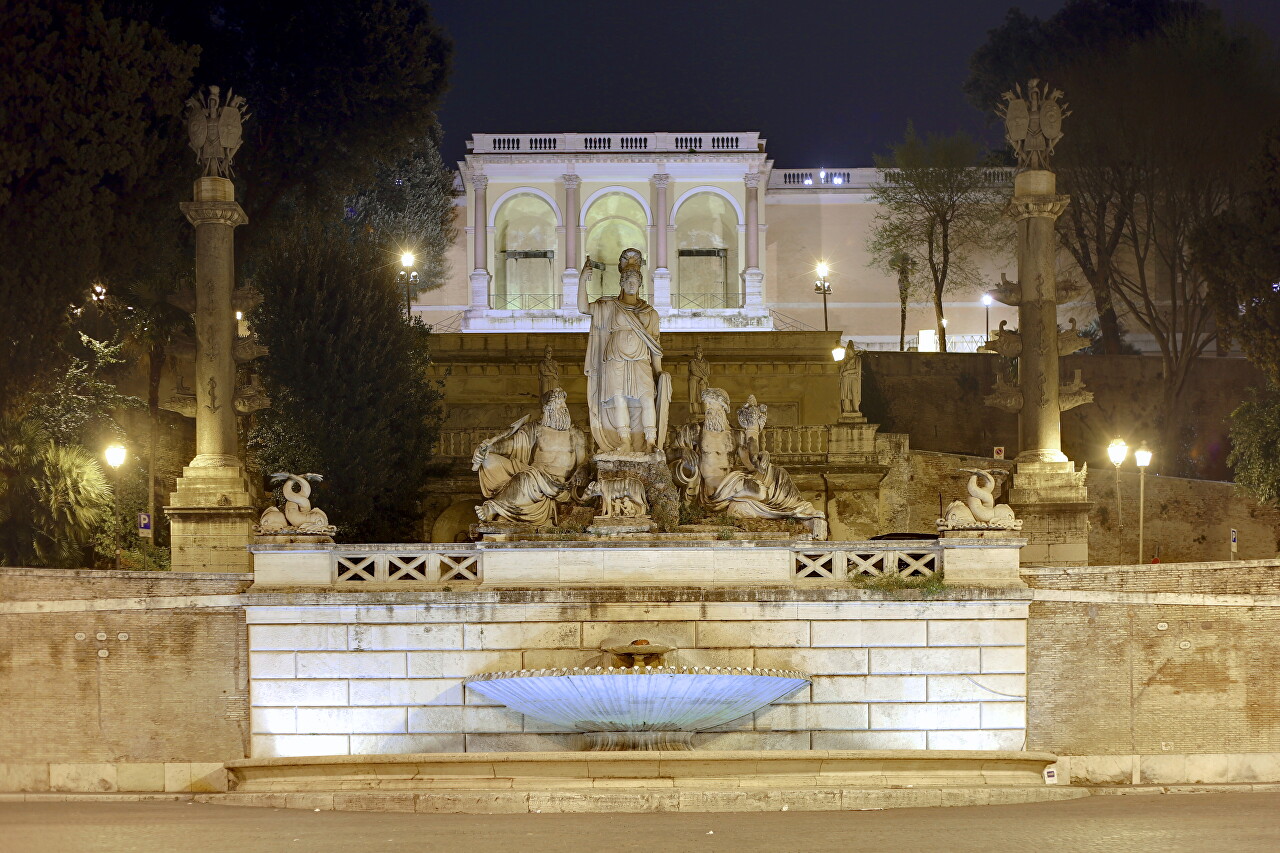
After skirting the Roma Fountain, I went up to the Fontana Mostra dell'Acqua Vergine. It is the terminus of the aqueduct Acqua Vergine, built in 19 BC by an associate of Emperor Octavian Augustus Marcus Vipsanius Agrippa. Its length is about 20 kilometers, the final section passes through an underground tunnel under the park of Villa Borghese. The monumental portico over the fountain was designed by Giuseppe Valadier and houses the distribution system that feeds the fountains of Piazza Popolo.
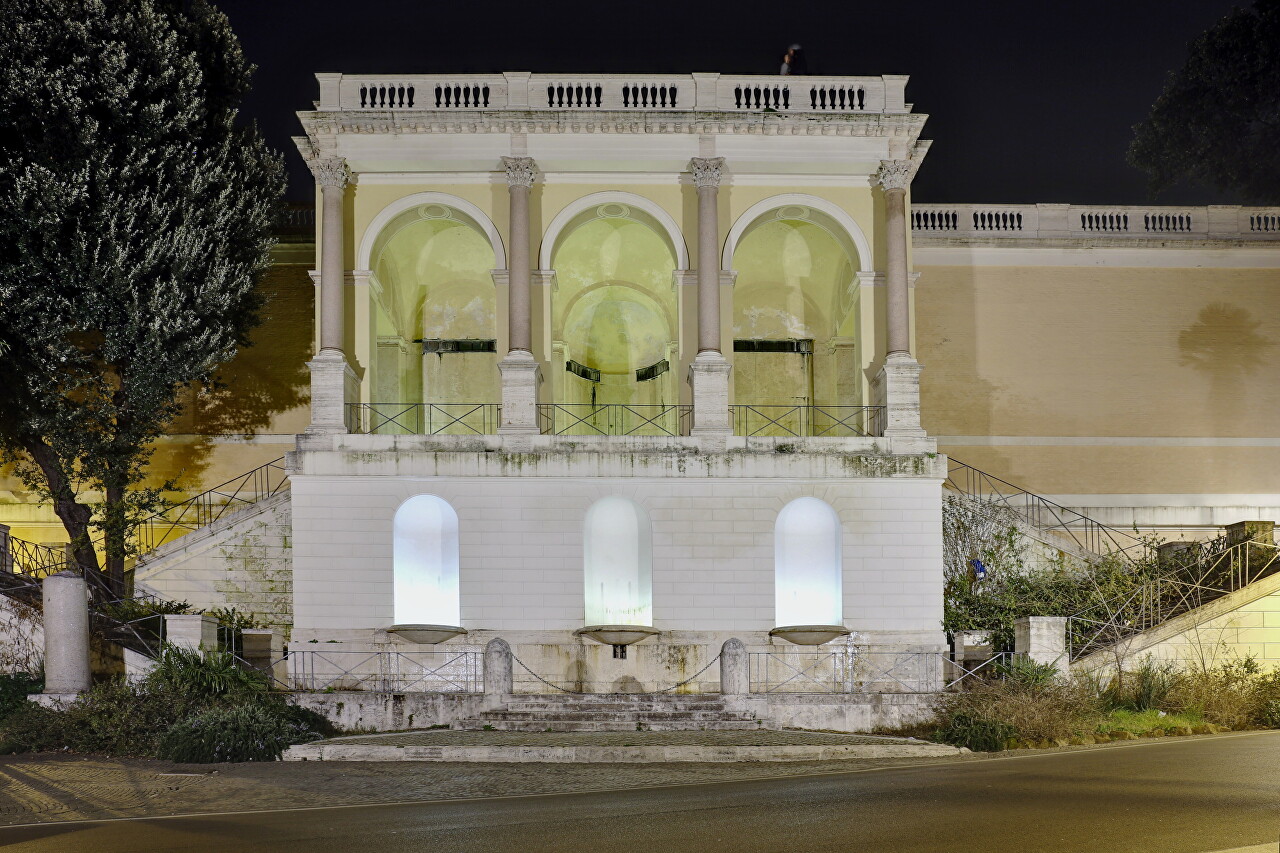
Up the winding staircase (Salita del Pinchio) I went up to the Piazzale Napoleone I. Here, on the roof of the Mostra del Aqua Vergine fountain, is the Baloconata del Pincio observation deck, from where you can see the entire Popola Square below and take in the entire western part of Rome.
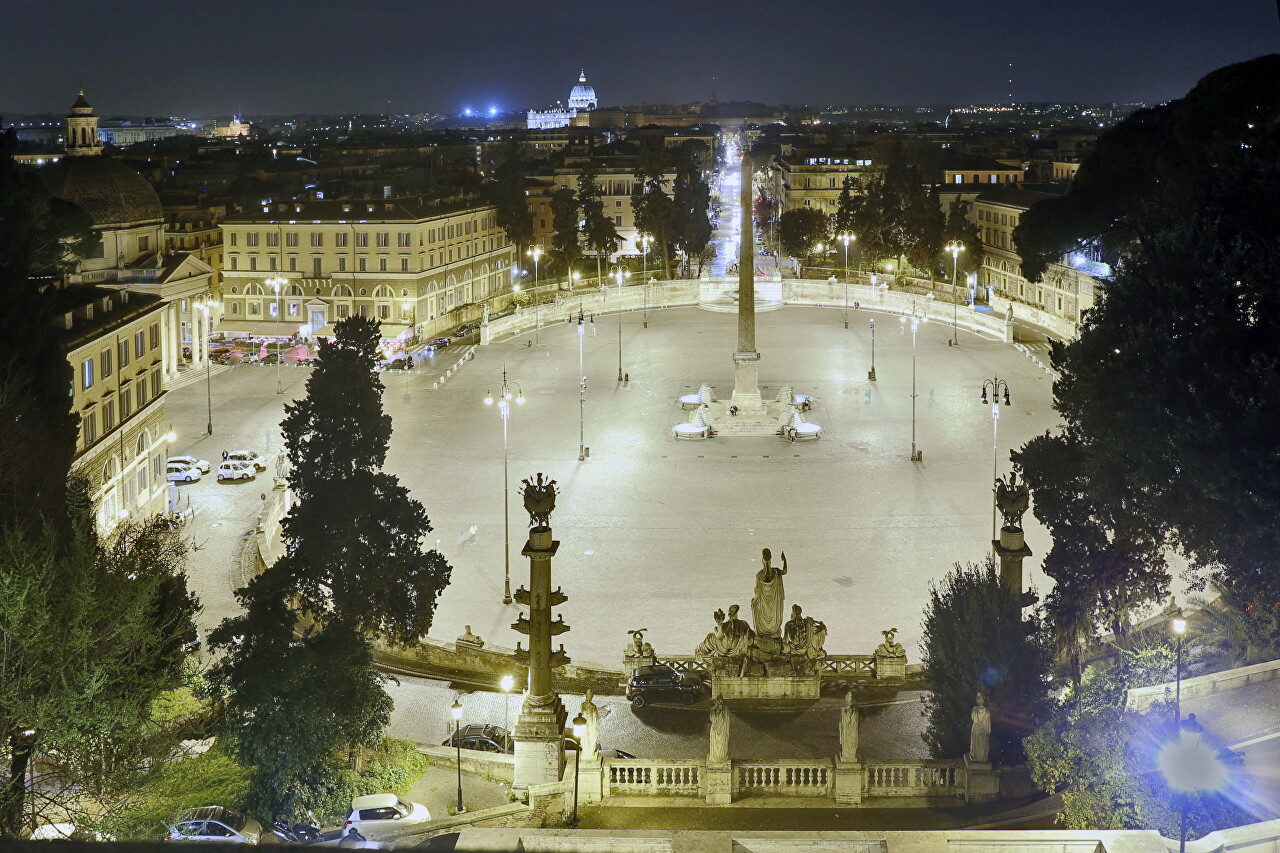
In the distance, you can see the bright dome and upper facade of St. Peter's Basilica, the main church of the Catholic world.
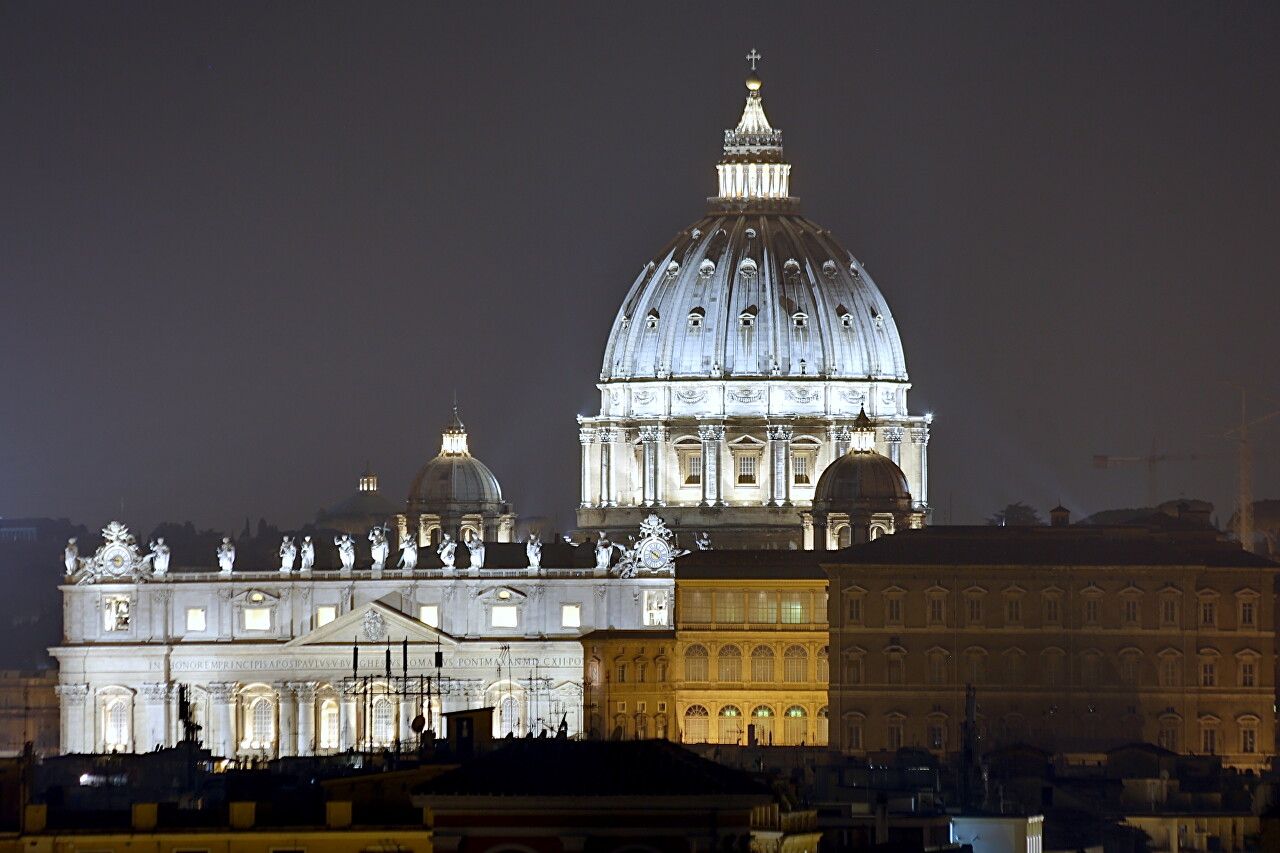
If we look to the left, we will see the dome of San Carlo al Corso again, which is better visible here than from Piazza Trinti.
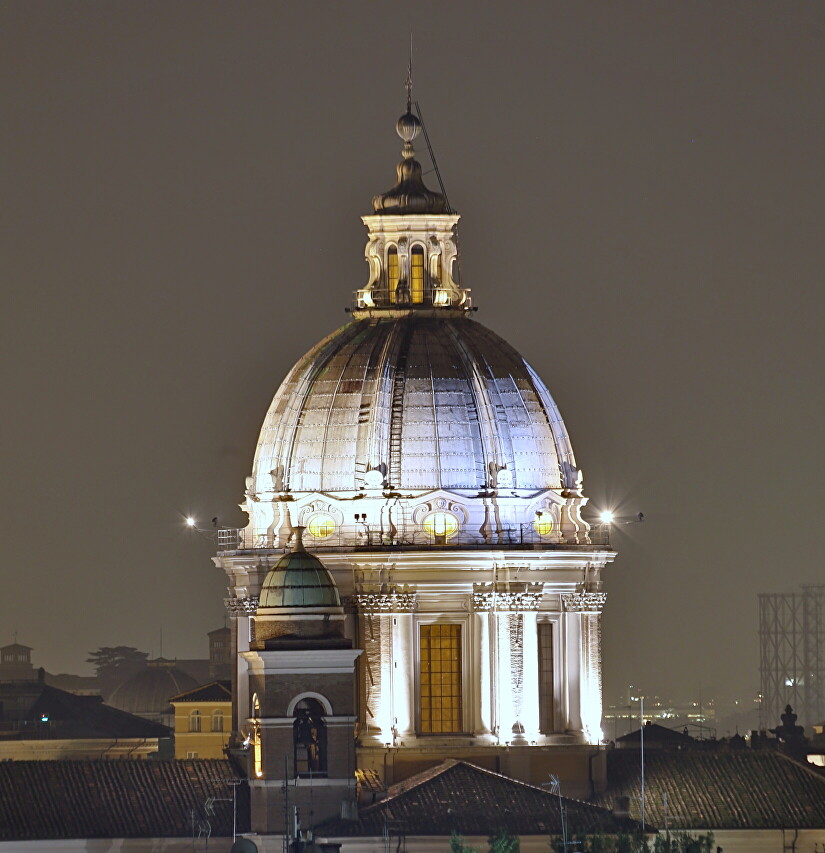
Moving to the left side of the square, we see another brightly lit grandiose structure - the Vittoriano Monument, or the Altar of the Fatherland, built in honor of King Victor Immanuel II, the king who proclaimed Italy a single state.
